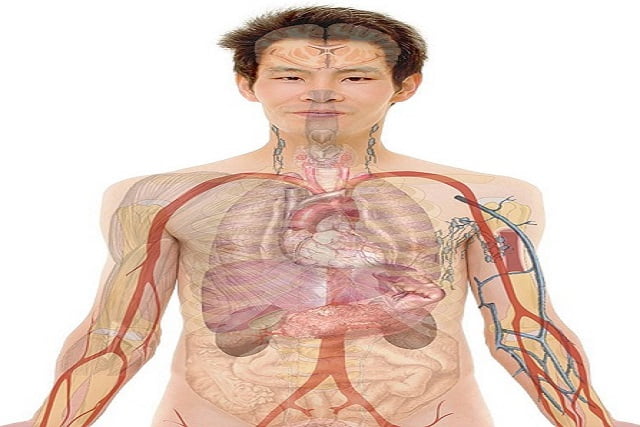Pollination in Plants | Types, Process, Self-Pollination & Cross Pollination
Pollination Process: (a) Definition: The transfer of mature pollen grains from the anther of a flower to the mature stigma of the same or another flower. (b) Precedes Fertilization: Pollination typically occurs before fertilization. Types of Pollination: (a) Self-Pollination: Pollen transfer from the anther to the stigma of the same flower or another flower […]
Pollination in Plants | Types, Process, Self-Pollination & Cross Pollination Read More »

